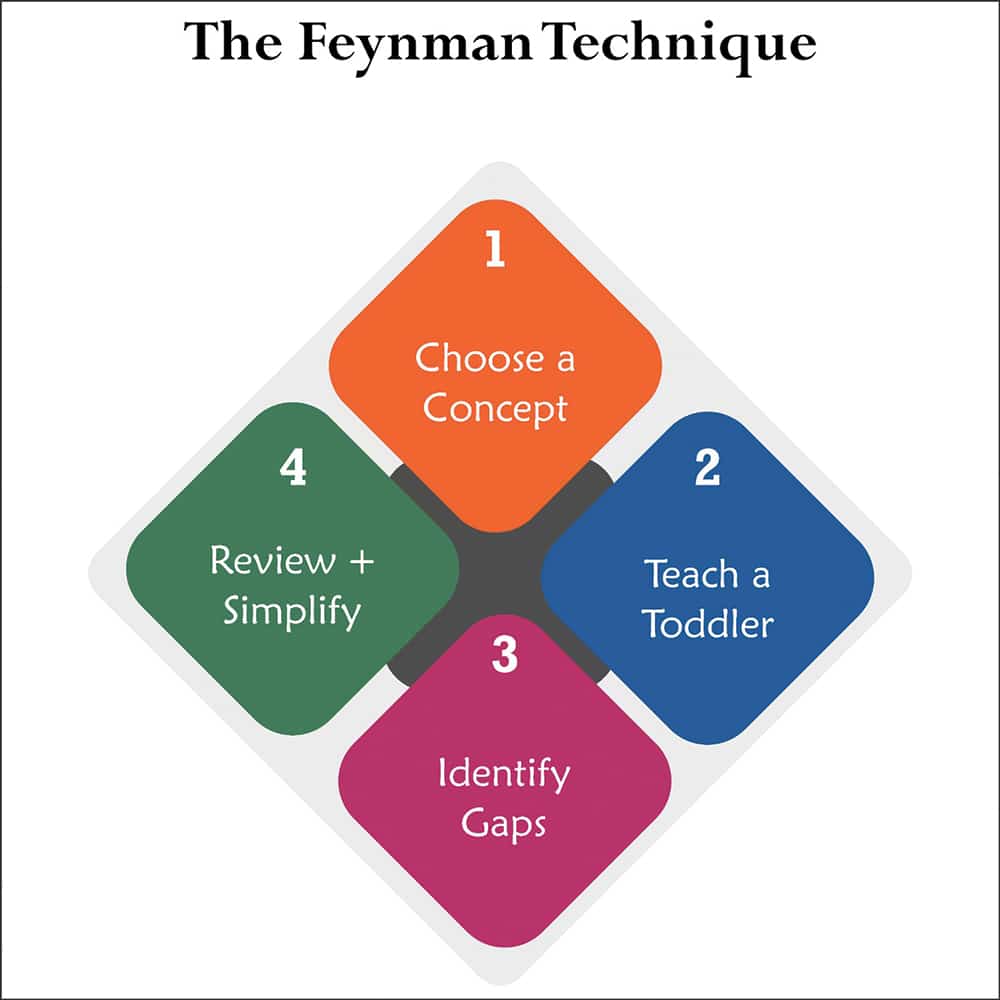By Ghadeer Ghloum
KUWAIT: Students and teachers alike are often looking for effective strategies to enhance their learning and teaching methods. There are various techniques proposed by experts and researchers in the field of education. One such technique that has gained popularity in recent years is the Feynman Technique. This technique is named after Richard Feynman, a physicist who was known for his ability to explain complex topics in a simple and understandable manner.
 Mohammad Al-Ansari
Mohammad Al-AnsariThe Feynman Technique is a learning strategy that involves breaking down complex concepts and ideas into simpler, more digestible ones. To help students and teachers find easier ways to navigate through their academic experiences, Kuwait Times discussed this technique with Kasia Kayat, a homeroom teacher at a private American school in Kuwait, Mohammad Al-Ansari, an English teacher at a public high school in Kuwait, and AlKawther, a student at a public high school in Kuwait.
The Feynman Technique consists of four steps: The first step is to understand the concept or subject matter thoroughly. This involves gathering information from various sources and breaking it down into smaller parts. The second step is to simplify the information. This involves breaking down the complex concept into simpler terms and relating it to other concepts that are already familiar to the learner.
The third step is to explain the concept in simple terms. This involves using analogies, diagrams and examples to explain the concept to someone else. This step is important because it reveals gaps in understanding and allows for clarification of any misconceptions. The final step is to review and refine the understanding. This involves going through the material again and identifying areas that still need improvement. It is important to continuously review and refine the understanding until it becomes deeply ingrained.
Ansari told Kuwait Times the Feynman Technique is a compelling approach that entails following a series of steps to simplify the process of studying and potentially solidify the acquired knowledge. The steps themselves embody simplicity. Initially, you select a concept that you wish to comprehend. Subsequently, you assume the role of an educator, effectively conveying the idea to a young child. Following this, you engage in reflection, refinement and simplification. Ultimately, you proceed to organize and review the resulting material.
Ansari also shared his opinion on the Feynman Technique’s steps, saying the third step is the most crucial because it tests your true understanding of the subject. If you cannot explain a concept in terms that a clever six-year-old can understand, it means there is a gap in your understanding. “I must admit that I subconsciously used this technique during my academic years. I would often adopt the perspective of a teacher, trying to engage my students who seemed uninterested in X subject. It helped me identify gaps in my understanding and prompted me to ask myself questions to fill them, essentially enhancing my critical thinking,” he said.
Ansari added that even after completing his education and becoming a teacher himself, he still highly values this method, as it proves to be extremely helpful when dealing with difficult topics, easing unnecessary anxieties and the fear of being unprepared. “It allows me to focus on presenting subjects clearly, creating a more engaging and effective learning experience. So, yes, I would definitely recommend this method for both teachers and students. It’s simple and effective, requiring nothing more than putting it into practice,” he said.
 Kasia Kayat
Kasia KayatKayat commented on using this technique as a teaching strategy. She said that writing, talking and explaining a story are the main factors of this technique, which she used to use as a student and currently uses as a teacher. “I would not recommend it for my younger students because they are too young for it, but for older ones, I would recommend them to use it as a studying method. For teachers, I would recommend using this technique with their students during their free time, because I do not think it will be productive for a classroom that has 17 to 25 students. I think they will be distracted and not take it seriously,” she pointed out
Additionally, AlKawther said: “In my opinion, the most important and challenging step is the third step, where I have to explain the material I have been learning to someone else. While reading the material, I feel I have a good understanding of it and am ready to be tested on it, but when I come to explain it, I find myself unsure about some points. This gives me a chance to know what topics I need to focus more on before going for a graded exam and lose marks.”











